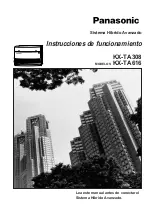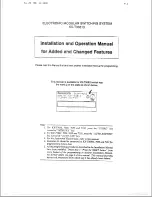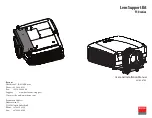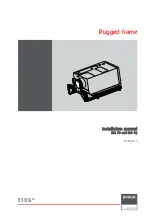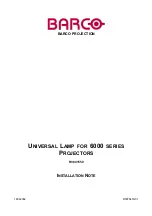
film. The reciprocity law applies to commonly available black-and-
white and color films at exposure times from approximately 1/10
second to 1/1,000 second. This means that no adjustments are
necessary for exposure or color in this shutter range. Most modern
films however have increased this range to the point that no
adjustments are necessary from approximately 1 second to
1/10,000 second. It should be pointed out that all photographic
emulsions are subject to an effect often called “reciprocity-law
failure.” At exposure times at the edges of the above ranges, you
will begin to see underexposure (loss of effective film speed) at the
normally calculated exposure setting, a change in contrast, a color
shift, or a combination of these effects. The word “failure,” in this
context, does not imply a short coming of the film, flash equipment
or the camera, but merely that the reciprocity law does not hold for
very long or very short exposures times.
We also sometimes refer to these changes in film response to
particular illumination levels as “long-exposure effects” and “short-
exposure effects.”
LONG-EXPOSURE EFFECTS
: Under low-light conditions, you may have to
extend your exposure times to a point of significant speed loss. With black-
and-white films, the effect of this speed loss is partially offset by wide
exposure latitude.
Most color films require more than the normally
calculated exposure when the lighting is unusually low. Also, the sensitivity
differences between the many layers of color films can cause a color-
balance shift, which means that you will sometimes need to use color-
compensating filters to achieve an acceptable color balance.
When you must increase the indicated exposure to compensate for long-
exposure effects, use a larger lens opening, if possible. Extending the
exposure time will result in more speed loss, contrast change, and color
shift. See the manufacturers data tables for your specific film to determine
what exposure adjustment and filter may be necessary.
SHORT-EXPOSURE EFFECTS:
Extremely short exposures produce
essentially the same effect as long exposures: speed loss. There is also an
increased scattering of exposed silver halide grains, the formation of
smaller latent-image centers, and a lower rate of development at the latent-
image centers.
The short-exposure effect appears as lower contrast or reduced
density in the negative. Exposures of 1/10,000 second or shorter can
cause this problem.


















